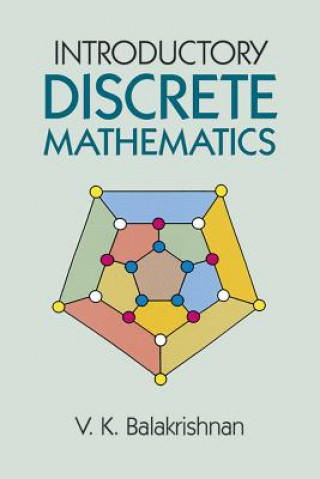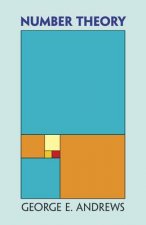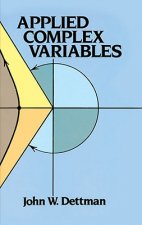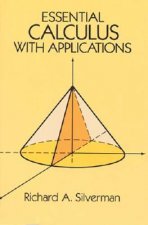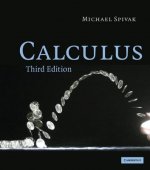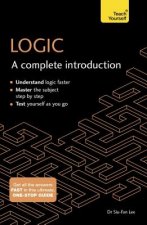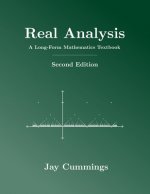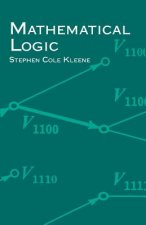
Kézbesítés
Vásárlási tanácsadó





Nem vált be? Semmi gond! Nálunk 30 napon belül visszaküldheti
 Ajándékutalvány
bármilyen értékben
Ajándékutalvány
bármilyen értékben
Ajándékutalvánnyal nem nyúlhat mellé. A megajándékozott az ajándékutalványért bármit választhat kínálatunkból.
Introductory Discrete Mathematics
 Angol
Angol
 45 b
45 b
30 nap a termék visszaküldésére
A vásárlók ilyet vásároltak


Preface 0 Set Theory and Logic 0.1 Introduction to Set Theory 0.2 Functions and Relations 0.3 Inductive Proofs and Recursive Definitions 0.4 The Language of Logic 0.5 Notes and References 0.6 Exercises 1 Combinatorics 1.1 Two Basic Counting Rules 1.2 Permutations 1.3 Combinations 1.4 More on Permutations and Combinations 1.5 The Pigeonhole Principle 1.6 The Inclusion-Exclusion Principle 1.7 Summary of Results in Combinatorics 1.8 Notes and References 1.9 Exercises 2 Generating Functions 2.1 Introduction 2.2 Ordinary Generating Functions 2.3 Exponential Generating Functions 2.4 Notes and References 2.5 Exercises 3 Recurrence Relations 3.1 Introduction 3.2 Homogeneous Recurrence Relations 3.3 Inhomogeneous Recurrence Relations 3.4 Recurrence Relations and Generating Functions 3.5 Analysis of Alogorithms 3.6 Notes and References 3.7 Exercises 4 Graphs and Digraphs 4.1 Introduction 4.2 Adjacency Matrices and Incidence Matrices 4.3 Joining in Graphs 4.4 Reaching in Digraphs 4.5 Testing Connectedness 4.6 Strong Orientation of Graphs 4.7 Notes and References 4.8 Exercises 5 More on Graphs and Digraphs 5.1 Eulerian Paths and Eulerian Circuits 5.2 Coding and de Bruijn Digraphs 5.3 Hamiltonian Paths and Hamiltonian Cycles 5.4 Applications of Hamiltonian Cycles 5.5 Vertex Coloring and Planarity of Graphs 5.6 Notes and References 5.7 Exercises 6 Trees and Their Applications 6.1 Definitions and Properties 6.2 Spanning Trees 6.3 Binary Trees 6.4 Notes and References 6.5 Exercises 7 Spanning Tree Problems 7.1 More on Spanning Trees 7.2 Kruskal's Greedy Algorithm 7.3 Prim's Greedy Algorithm 7.4 Comparison of the Two Algorithms 7.5 Notes and References 7.6 Exercises 8 Shortest Path Problems 8.1 Introduction 8.2 Dijkstra's Algorithm 8.3 Floyd-Warshall Algorithm 8.4 Comparison of the Two Algorithms 8.5 Notes and References 8.6 Exercises Appendix What is NP-Completeness? A.1 Problems and Their Instances A.2 The Size of an Instance A.3 Algorithm to Solve a Problem A.4 Complexity of an Algorithm A.5 "The "Big Oh" or the O(·) Notation" A.6 Easy Problems and Difficult Problems A.7 The Class P and the Class NP A.8 Polynomial Transformations and NP-Completeness A.9 Coping with Hard Problems Bibliography Answers to Selected Exercises Index
Információ a könyvről
 Angol
Angol




 Hogyan vásároljunk
Hogyan vásároljunk















